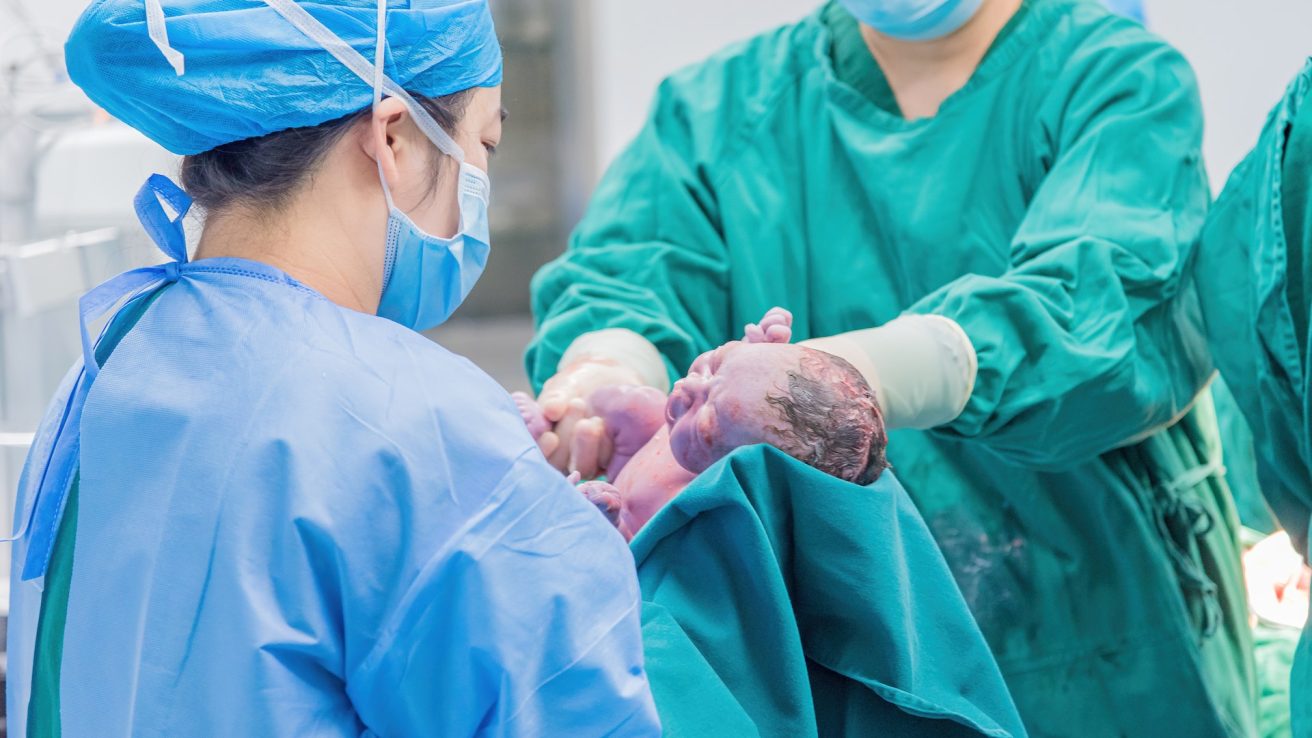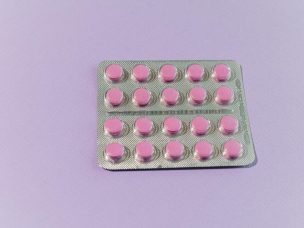Racial and ethnic composition of neonatal nurse practitioner faculty and students does not differ significantly.
There is a racial and ethnic disparity between neonatal nurse practitioner (NNP) students and neonates in the neonatal intensive care unit (NICU), according to a study published online Jan. 6 in Advances in Neonatal Care.
Desi M. Newberry, D.N.P., from the Duke University School of Nursing in Durham, North Carolina, and Tracey Bell, D.N.P., from Emory University in Atlanta, examined the racial and ethnic composition of NNP faculty and students in the United States compared with that of the patient population in the NICU.
The researchers found that the racial and ethnic composition of NNP faculty and students did not differ significantly (7.4, 83.3, 2.8, and 5.6 percent Black, White, Latinx, and Asian, respectively, among faculty, and 6.5, 79.4, 5.7, and 4.5 percent, respectively, for students). For all race distributions, there were significant differences between NNP students and NICU admissions (6.5, 79.4, 5.7, and 8.4 percent for Black, White, Latinx, and other NNP students, respectively, versus 18.9, 59.1, 19.5, and 2.5 percent, respectively, among NICU admissions).
“There is a significant difference between the racial and ethnic backgrounds of NICU registered nurses and NNPs and the neonates they serve,” the authors write. “This racial and ethnic discordance begins in nursing school with a discordance between NNP students and faculty in comparison to the U.S. population.”









